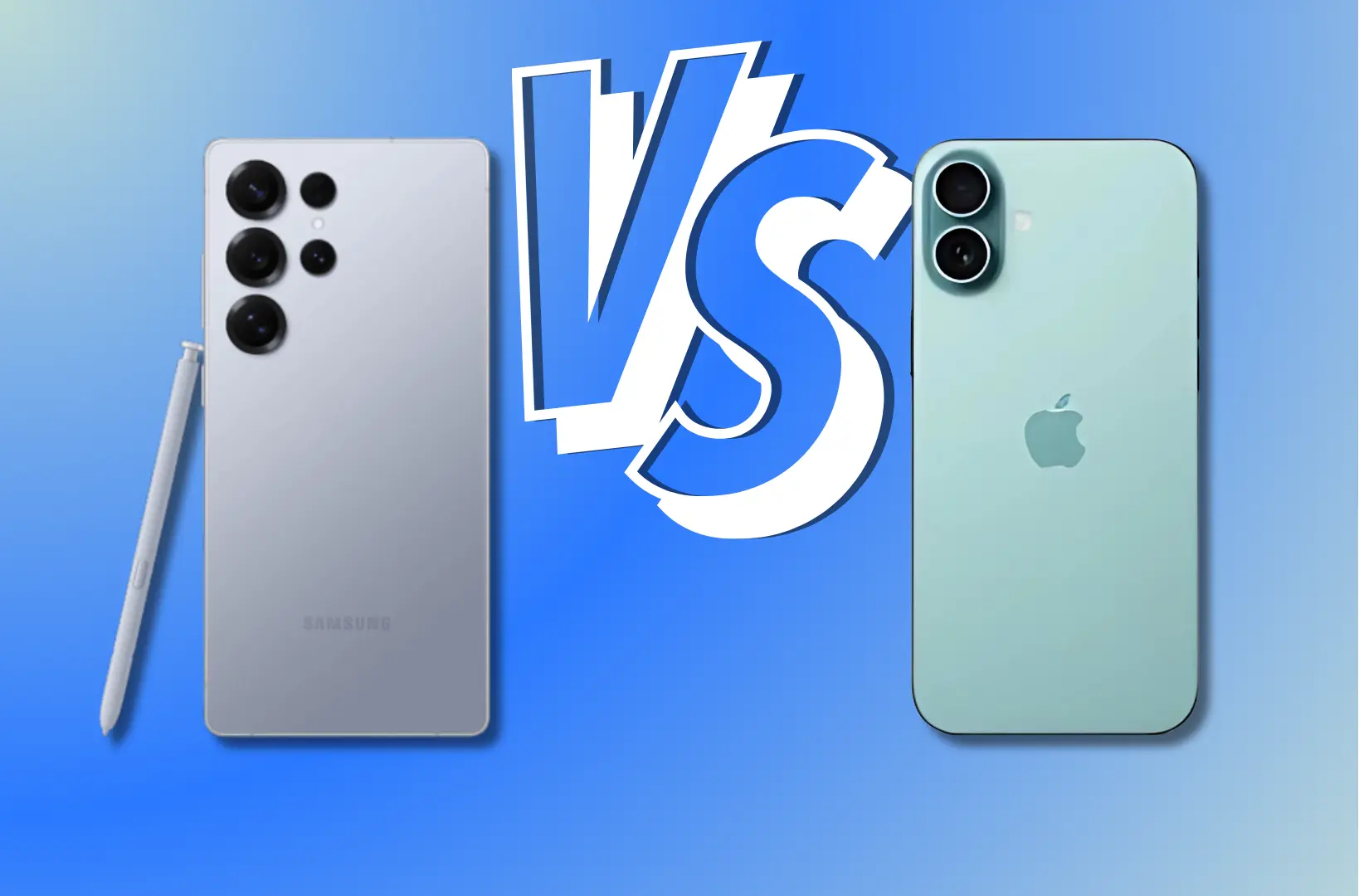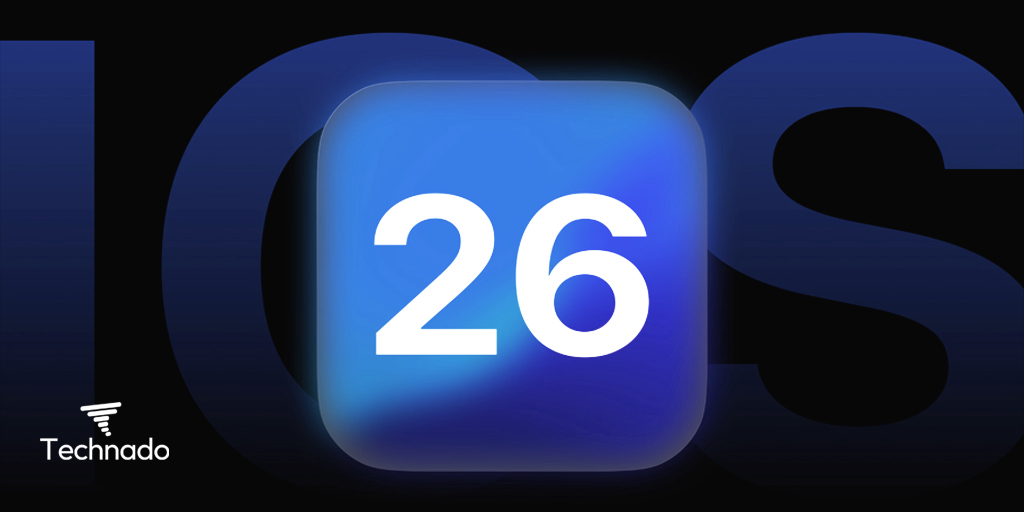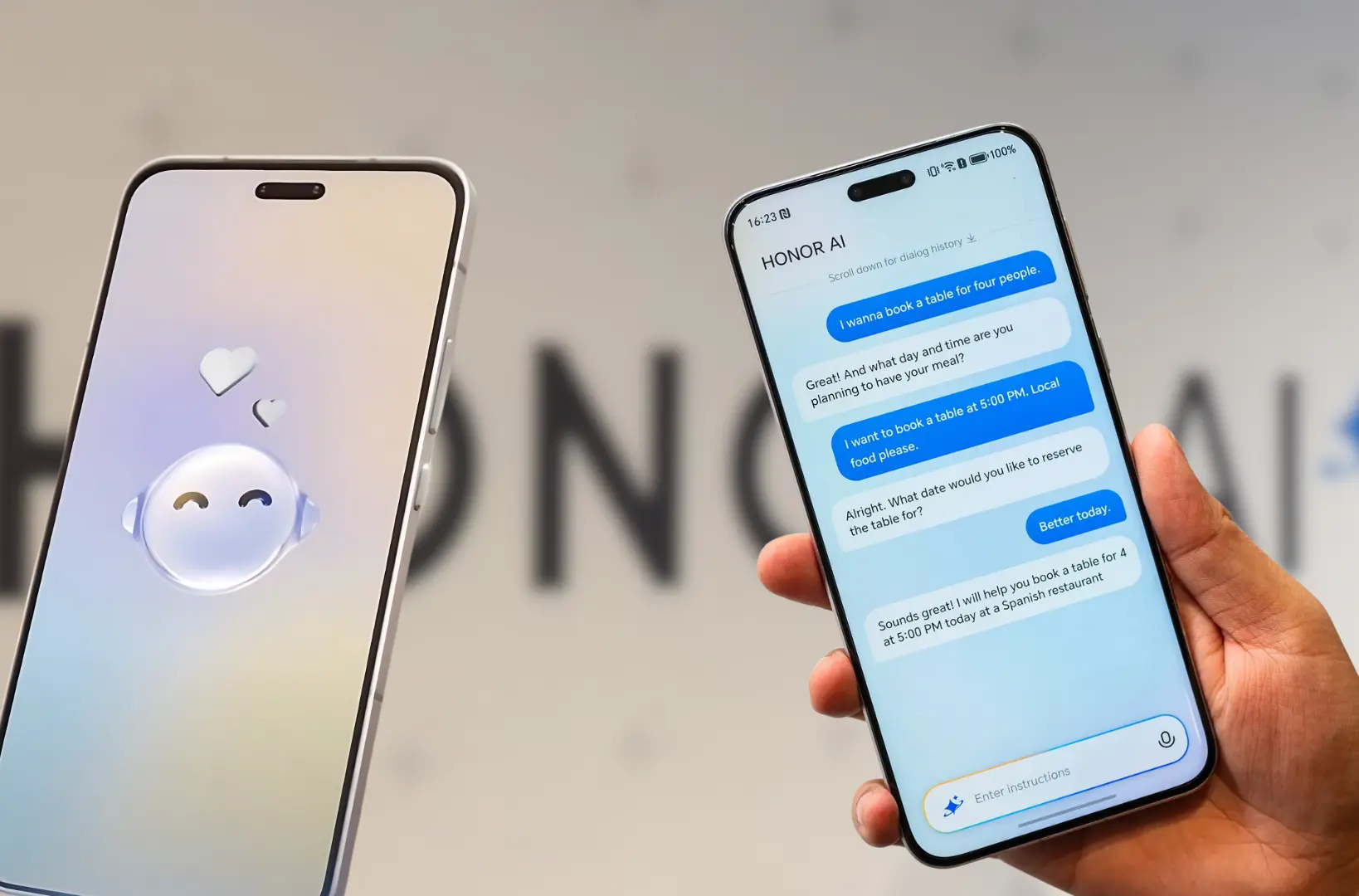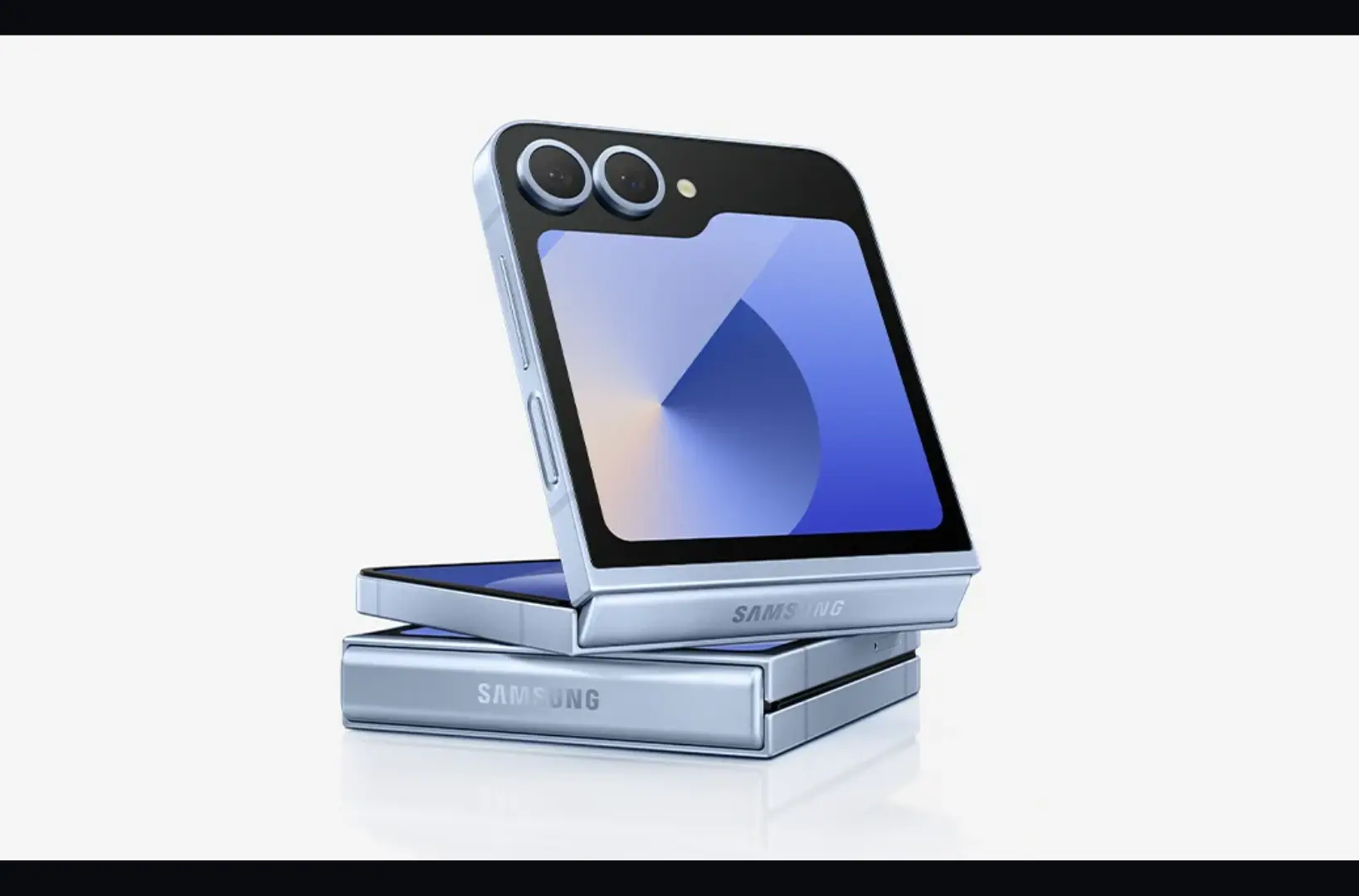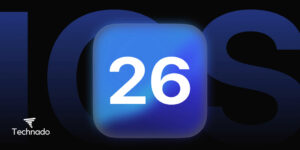Smartphone buyers in 2025 have an exciting choice between two compact yet powerful flagships: Samsung’s Galaxy S25 and Apple’s iPhone 16. Both promise cutting-edge technology, refined designs, and top-tier performance, but they cater to different user preferences. Samsung prioritizes innovation, customization, and AI-driven features, offering users more flexibility and control over their devices. Meanwhile, Apple focuses on seamless ecosystem integration, software optimization, and long-term support, ensuring a smooth and reliable experience.
The Galaxy S25 is ideal for those who value high-refresh AMOLED displays, faster charging, and an open ecosystem, while the iPhone 16 excels in long-term software support, security, and industry-leading video recording. Choosing the right phone depends on your ecosystem preference, photography needs, and software experience.
So, which one should you pick? Let’s break it down by analyzing design, display, performance, cameras, battery life, and software to help you make the best decision.
Design & Build Quality
Both Samsung and Apple have established their unique design philosophies over the years. The Galaxy S25 is expected to feature a sleek, curved-edge display, a lightweight aluminum or titanium frame, and Gorilla Glass Victus protection. Samsung has also been experimenting with titanium construction, which may make the S25 feel more premium and durable while reducing weight. The back design will likely remain matte glass, minimizing fingerprints and smudges.
On the other hand, the iPhone 16 will likely retain Apple’s signature flat-edge industrial design, possibly upgrading to a titanium frame, similar to the iPhone 15 Pro models. The Dynamic Island cutout at the front will remain, offering intuitive UI enhancements, and MagSafe compatibility will still be a staple. Apple’s attention to build quality and longevity makes it a great option for users who want a phone that lasts for years without wear and tear.
Verdict:
- If you prefer a modern, curved, and lightweight design, go for the Galaxy S25.
- If you like flat-edged, industrial aesthetics with a robust build, choose the iPhone 16.
Display: AMOLED vs. Super Retina XDR
Samsung has long dominated the smartphone display industry, and the Galaxy S25 is expected to feature a 6.1-inch Dynamic AMOLED 2X panel with QHD+ resolution, 1-120Hz adaptive refresh rate, and HDR10+ support. Samsung’s AMOLED screens offer deep blacks, vibrant colors, and high brightness levels, with peak brightness possibly exceeding 2500 nits, making it one of the brightest screens available.
The iPhone 16, on the other hand, will feature a 6.1-inch Super Retina XDR display with Apple’s ProMotion technology, meaning a 120Hz refresh rate for smooth scrolling and animations. Apple is known for industry-leading color accuracy, True Tone technology, and excellent HDR performance. However, the brightness might not be as high as Samsung’s, possibly maxing out at 2000 nits.
Verdict:
- If you want the best colors, highest brightness, and deep blacks, pick the Galaxy S25.
- If you prefer color accuracy, iOS-optimized UI animations, and HDR tuning, the iPhone 16 is better.
Performance & Hardware
Samsung’s Galaxy S25 will likely be powered by the Snapdragon 8 Gen 4 (or Exynos 2500 in some regions). Qualcomm’s Snapdragon chips are known for their AI-driven performance, power efficiency, and gaming prowess. The 8 Gen 4 is expected to feature a major GPU and NPU upgrade, making gaming, AI tasks, and multitasking smoother than ever.
Apple’s iPhone 16 will be equipped with the A18 Bionic chip, designed with power efficiency and long-term performance in mind. Apple’s silicon chips consistently outperform Snapdragon processors in single-core performance, making the iPhone faster in real-world tasks like app launching, video editing, and processing-intensive applications. The A18 chip will also introduce AI-driven optimizations, focusing on machine learning, photography, and power management.
Verdict:
- If you want the fastest raw power and gaming performance, Snapdragon 8 Gen 4 (Galaxy S25) is better.
- If you prefer iOS optimization, long-term performance, and efficiency, A18 Bionic (iPhone 16) is the way to go.
Camera System: Hardware vs. Computational Photography
Both Apple and Samsung take different approaches to smartphone photography. The Galaxy S25 is rumored to feature a 50MP main camera, a 12MP ultra-wide lens, and a 3x telephoto lens, with Samsung’s AI-enhanced photography refining shots. Samsung focuses on hardware improvements, utilizing larger sensors and AI-driven processing to improve low-light photography, zoom capabilities, and video recording.
Apple’s iPhone 16 will likely continue its computational photography lead, featuring a 48MP primary sensor with Deep Fusion, Smart HDR, and Photonic Engine enhancements. While Apple doesn’t go for higher megapixels, its image processing software ensures natural-looking photos with great dynamic range and true-to-life colors. Apple’s video recording quality remains the best in the industry, with ProRes video, Dolby Vision HDR, and improved stabilization.
Verdict:
- If you love AI-powered enhancements, hardware-focused zoom, and vibrant photos, pick Samsung.
- If you want the most natural color science and industry-leading video recording, go for Apple.
Battery Life & Charging
Battery life and charging speed are crucial in day-to-day usage. The Galaxy S25 is expected to feature a larger 4000mAh+ battery, 45W wired charging, and 15W wireless charging. Samsung typically offers longer battery life with better charging speeds, allowing you to power up your device quickly.
The iPhone 16, while having superior power efficiency due to iOS and A18 Bionic, may still stick to 20W wired charging and 15W MagSafe charging. Apple focuses on battery longevity, meaning the battery will likely maintain its health for years, even though charging speeds are slower.
Verdict:
- If you want faster charging and a larger battery, choose Galaxy S25.
- If you prioritize battery longevity and efficiency, go for the iPhone 16.
Software & Ecosystem
The Galaxy S25 will run on One UI 7 (Android 15), offering deep customization, Samsung DeX for desktop mode, and Google AI-powered features. Samsung’s software is flexible, giving users more control over themes, multitasking, and settings. However, Android updates aren’t as long-term as Apple’s, typically maxing out at 4-5 years.
The iPhone 16 will launch with iOS 18, offering seamless integration with Apple devices like Mac, iPad, and Apple Watch. Apple’s ecosystem provides unmatched continuity, with features like AirDrop, Handoff, iMessage, and FaceTime making Apple devices work flawlessly together. Moreover, iPhones receive software updates for 5-6+ years, ensuring long-term security.
Verdict:
- If you want customization, Android flexibility, and Google AI features, go for Samsung.
- If you prefer ecosystem integration, long-term updates, and seamless performance, choose Apple.
Final Verdict: Which One Should You Pick?
Both the Galaxy S25 and iPhone 16 are compact powerhouses, but the right choice depends on your priorities. The Galaxy S25 is ideal for those who want a high-refresh AMOLED display with deep blacks, faster charging, and a bigger battery. It also offers greater customization, an open ecosystem, and AI-powered photography, making it a great option for users who love feature-rich software and flexibility.
On the other hand, the iPhone 16 is perfect for those who value long-term software support, security, and seamless integration within Apple’s ecosystem. It delivers industry-leading video recording capabilities and benefits from Apple’s efficient chipset, ensuring top-notch performance for years. If you prefer a polished, reliable experience with optimized software and updates, the iPhone 16 is the better choice.
Ultimately, the decision comes down to your ecosystem preference, photography needs, and software experience. Which one fits your lifestyle better? Let us know in the comments and share your thoughts!
Suggested Reads:
- Gemini Live Now Available to 500M+ Hindi Speakers
- How to Master B2B Marketing on LinkedIn in 2025
- Nvidia’s Fastest GPUs for DeepSeek AI: Does Speed Really Matter?

Burhan Ahmad is a Senior Content Editor at Technado, with a strong focus on tech, software development, cybersecurity, and digital marketing. He has previously contributed to leading digital platforms, delivering insightful content in these areas.
